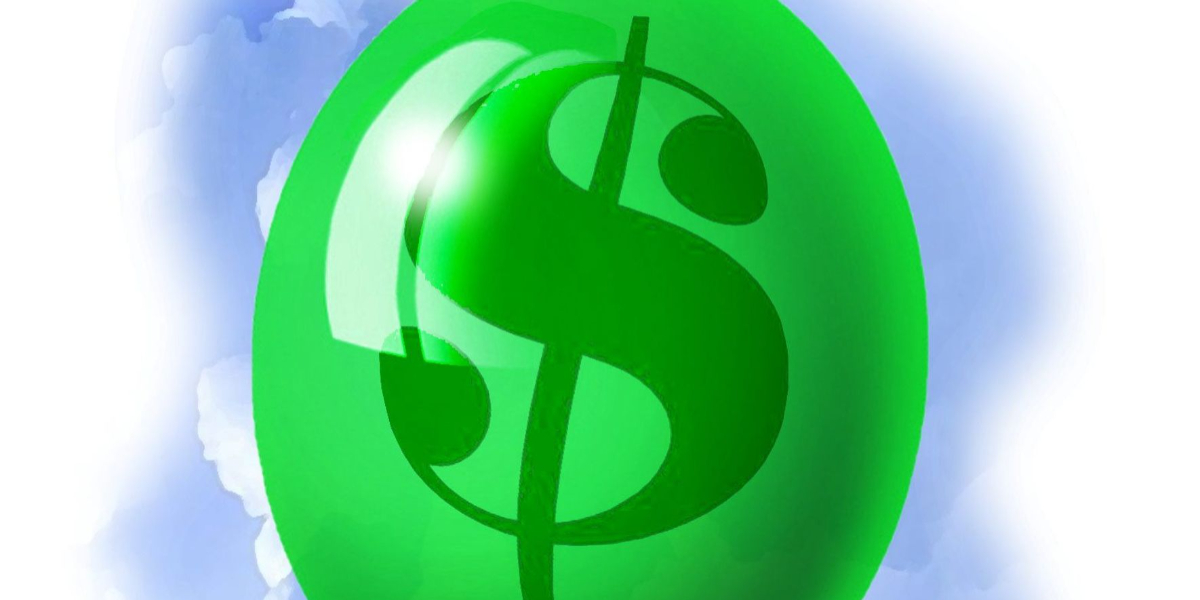- Canola oil prices have more than tripled since Russia’s invasion of Ukraine.
- The Federal Reserve is under pressure to act quickly following last Friday’s.
- Disappointing consumer price index report, which showed an 8.6 percent increase year over year.
US restaurateur James Mallios has long prided himself on culinary authenticity, paying more on sunflower oil because it is used to fry delicacies in Greece.
Prices for the commodity more than tripled following Russia’s invasion of Ukraine, which knocked off a major sunflower oil exporter, necessitating a switch to canola oil if Mallios’ tiny restaurant and catering business were to survive.
Canola oil isn’t the same at all, but “there are bigger problems in the world,” Mallios says with a shrug.
More than two years into Covid-19, hospitality companies are no longer shocked by the pandemic’s upheaval and the shape-shifting nature of the chaos.
Read More: The fear of inflation has dragged the S&P 500 into a bear market
They have been through the lockdown phase and its relaxation; the optimism of the post-vaccine period and the subsequent Omicron surge that reduced consumers and dashed hopes the pandemic was over; and the ongoing debates over whether Covid has become “endemic” and what that could mean for business.
Now they are dealing with inflation, a vexing monster in a consumer-facing industry at a time when shoppers are frustrated by higher gasoline prices.
At Amali, Mallios’s Manhattan restaurant, canola oil is no bargain either, in part because of increased demand from other restaurateurs who are also substituting for sunflower oil. Prices of canola oil have roughly tripled to $65 a jug, a major drag for an essential ingredient that isn’t even the main course.
“When you talk about things like butter, salt, fat that goes into pretty much every dish and those prices are increasing two and three and four times,” Mallios says. “That’s really where we see the pain the most.”
Companies in the hospitality industry are trying to be creative as they ride out the inflation wave, hoping for relief but not really expecting it anytime soon.
“There’s absolutely no way to conquer this with price,” Mallios says. “The market will not bear raising the price of a hamburger by $30.”
Consumer pricing pressures have returned with a vengeance over the last year, the result of variables such as supply chain backlogs, the Ukraine war, Covid-19 manufacturing halts, and robust consumer demand, after decades of anaemic inflation in a dynamic that mystified analysts.
The Federal Reserve is under pressure to act quickly following last Friday’s disappointing consumer price index report, which showed an 8.6 percent increase year over year.
Read More: UK economy contracts in April as inflation weighs

















